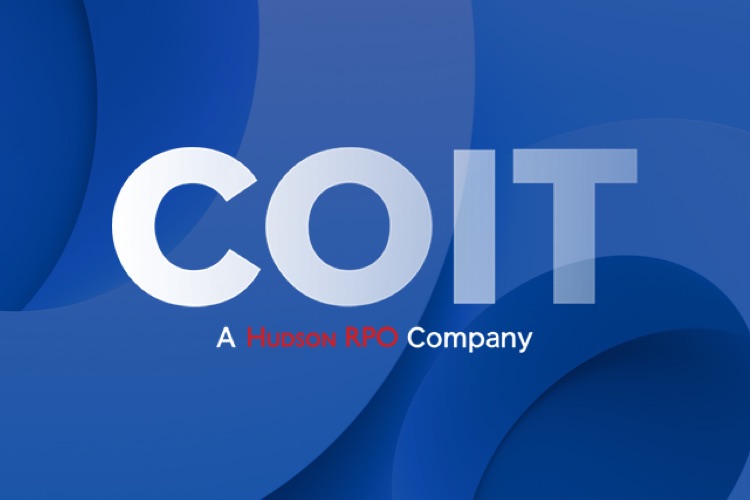The “Reskilling Age” is upon us. And with it comes increased pressure to perform and obtain results in the workplace. It has also impacted the traditional meaning of the word “leadership,” transforming it into something new.
The presence of strong leaders is still as important as ever; however, the characteristics that make up what is deemed as an effective leader are changing. And in order to stay ahead of the game, you must focus on continuous learning and become prepared to take on the role of “facilitator-in-chief” for your staff.
But what exactly can you do to boost your leadership skills in today’s professional economy? Lynda Gratton, David Rock, Joe Voelker, and Tim Welsh at McKinsey & Company are members of the Consortium for Advancing Adult Learning & Development. In their article, they described, from their perspectives, the characteristics of the “new leader,” and also gave advice regarding how to achieve this coveted role.
Think About the Future
The idea of reskilling is usually accompanied with thoughts of completing a certification course or signing up for a program that builds a specific skill set. While this was usually the case in the past, nowadays, the capacity to reskill actually comes from the job itself.
An important key to being a successful leader is being thoughtful in the way you design jobs for your employees, and providing a positive rate of upward mobility for your team members as an incentive. It’s crucial to provide a work environment that enables your employees to forge a navigable path to build their desired skills.
It’s a known fact that most people won’t remain in the same job forever. That’s why today’s leaders must provide the support that their employees need to effectively decide for themselves what’s next in their professional career. When you are a high-quality leader, your employees will be able to recognize when there is a need for change.
Foster a Safe Learning Space
Just as parents strive to create a safe learning space at home for their children, new-age leaders must do this for their team members at work. Prioritize designing a work environment in which employees will thrive. Paint positive pictures of opportunities, while simultaneously remaining open and honest.
Fear of failure is a huge inhibitor for many people. Some will even avoid specific projects if they feel afraid that their position will be negatively impacted in the case of an error. But the truth is, oftentimes, the best way to learn is by making mistakes. As such, a strong leader knows how important it is to create an atmosphere that provides support to their employees in all endeavors and lets their team know that it’s okay to fail.
Adopt a Service-Leadership Approach
In the past, leaders were often thought of (and thought of themselves) as those who are “in charge.” However, the most effective leaders don’t bark orders. Instead, they play the role of enabler in order to promote success among their employees.
We need leaders who will act in service to others, empowering their team members to accomplish things on their own. This requires a very different mindset than that of stereotypical previous leaders, who sometimes grow power hungry with the idea that they had control over others. This kind of mindset needs to change when you adopt a non-hierarchical work environment, wherein leaders facilitate a growth-oriented mindset for their team members.
It is vital to create a positive narrative in the workplace. Remember to always have empathy for others and keep human values at the core of your action. When you remove the threat of job elimination and, instead, introduce a promotional role to aspire employees will work harder and transition into strong, effective leaders.
* * *
[/vc_column_text][/vc_column][/vc_row]Newsletter
Blog Categories
Recent Posts

[Tech x Talent Dashboard] It’s time to change DEI metrics and tactics

3 Quick Tips to Improve Your Hiring Process

Beyond the Checkbox: DEI in 2024 and Beyond

The Unexpected Secret to Effective Rapid Response Hiring




